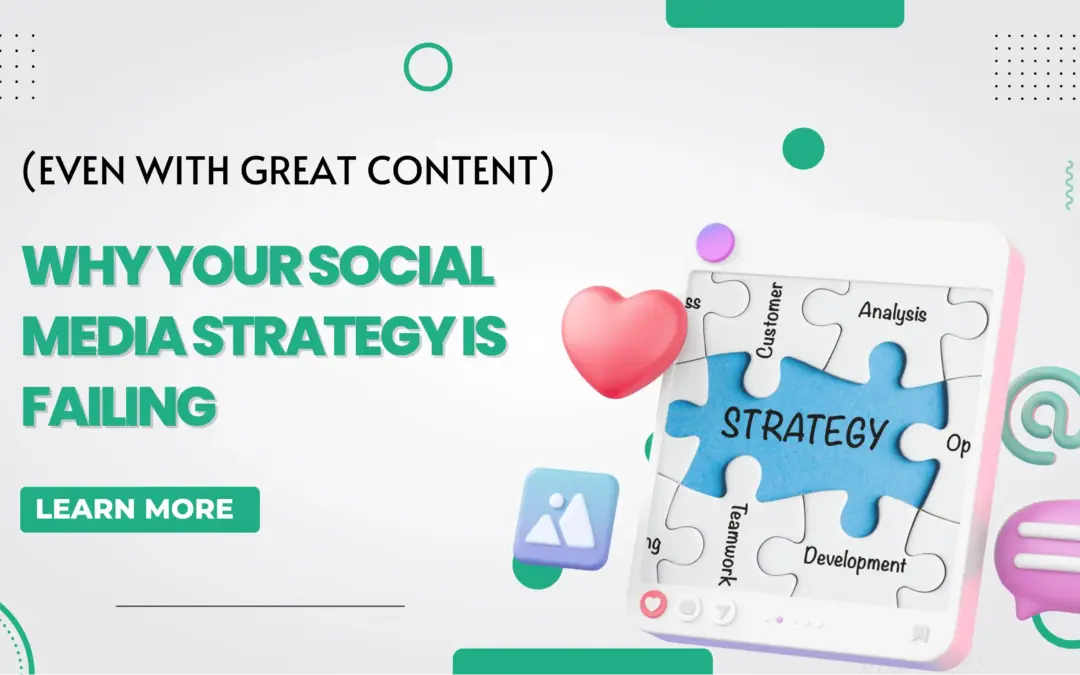Every brand needs more than just ads and especially experience marketing. It’s not just about selling a product; it’s about crafting memorable, emotional interactions that stay with customers long after the moment passes.
Imagine walking into a store where you don’t just see products, you touch, feel, and engage with them in a way that makes the brand come alive. That’s the power of experience marketing.
What is Experience Marketing?
Experience marketing focuses on engaging customers through immersive, sensory, and emotional interactions. Instead of telling people why your brand is great, you let them experience it firsthand.
Examples of Experience Marketing:
- A pop-up café where visitors can taste new flavors while interacting with brand ambassadors.
- A virtual reality demo that lets users “test drive” a car without stepping into a showroom.
- A hands-on workshop where customers learn a skill while using your product.
This approach turns passive consumers into active participants, making your brand more relatable and memorable.
Why Experience Marketing Works (Especially in India)
Indian consumers value personal connections and trust. Experience marketing works here because:
Builds Emotional Bonds: Indians respond to stories and experiences more than traditional ads.
Encourages Social Sharing: Unique experiences get shared on Instagram, WhatsApp, and YouTube, increasing organic reach.
Boosts Brand Loyalty: When customers feel a personal connection, they’re more likely to return.
Real-World Example: A Success Story
A cosmetic brand set up interactive makeup stations in malls where shoppers could try products with expert guidance. The result? Higher engagement, increased sales, and tons of user-generated content—far more effective than digital ads alone.
How to Implement Experience Marketing for Your Brand
Want to create experiences that leave a lasting impression? Here’s how:
1. Interactive Pop-Ups & Installations
Temporary physical spaces (like kiosks or themed booths) allow customers to engage directly with your product.
- Example: A beverage brand created a “flavor lab” where people could mix their drinks.
2. Host Engaging Events & Workshops
Live events where customers learn, participate, and connect make your brand feel more personal.
- Example: A fitness brand organized free workout sessions in parks, letting people experience their gear in action.
3. Use AR/VR for Immersive Experiences
Augmented and virtual reality can bring products to life in ways traditional ads can’t.
- Example: A furniture brand used AR apps so customers could visualize how a sofa would look in their home.
4. Encourage User-Generated Content (UGC)
Design experiences that naturally inspire photos, videos, and shares.
- Example: A travel company set up Instagrammable photo booths at events, leading to viral social media posts.
5. Personalize the Customer Journey
Use data to tailor experiences—like surprise gifts for loyal customers or exclusive previews for VIPs.
- Example: An e-commerce brand sent personalized thank-you kits with handwritten notes, creating a sense of exclusivity.
Key Takeaway: Experiences > Ads
People forget commercials, but they never forget how a brand made them feel. Experience marketing turns transactions into meaningful connections, making your brand stand out in a crowded market.
Want to make your brand unforgettable? Start by thinking beyond ads—create moments that matter.

